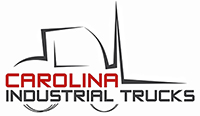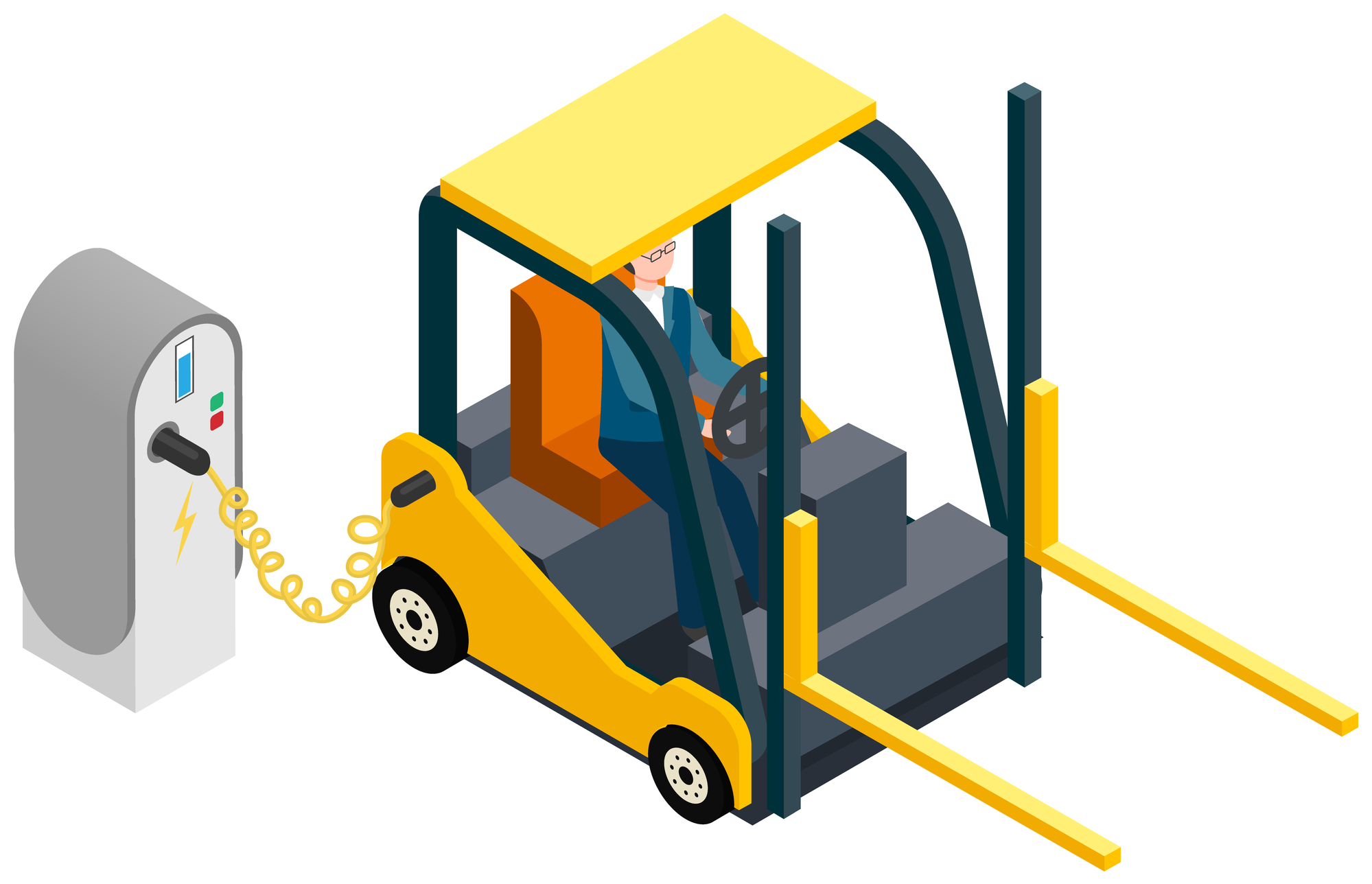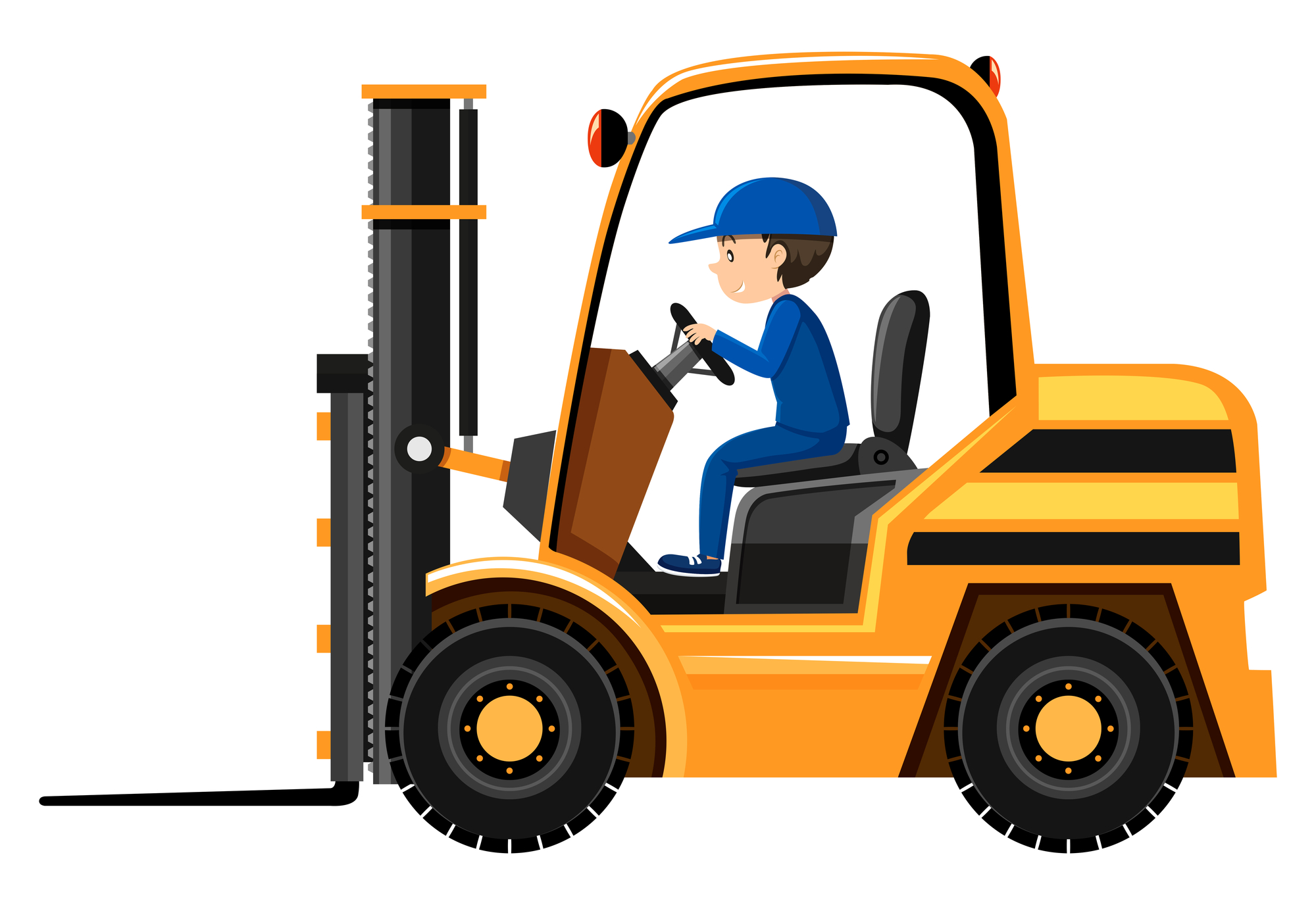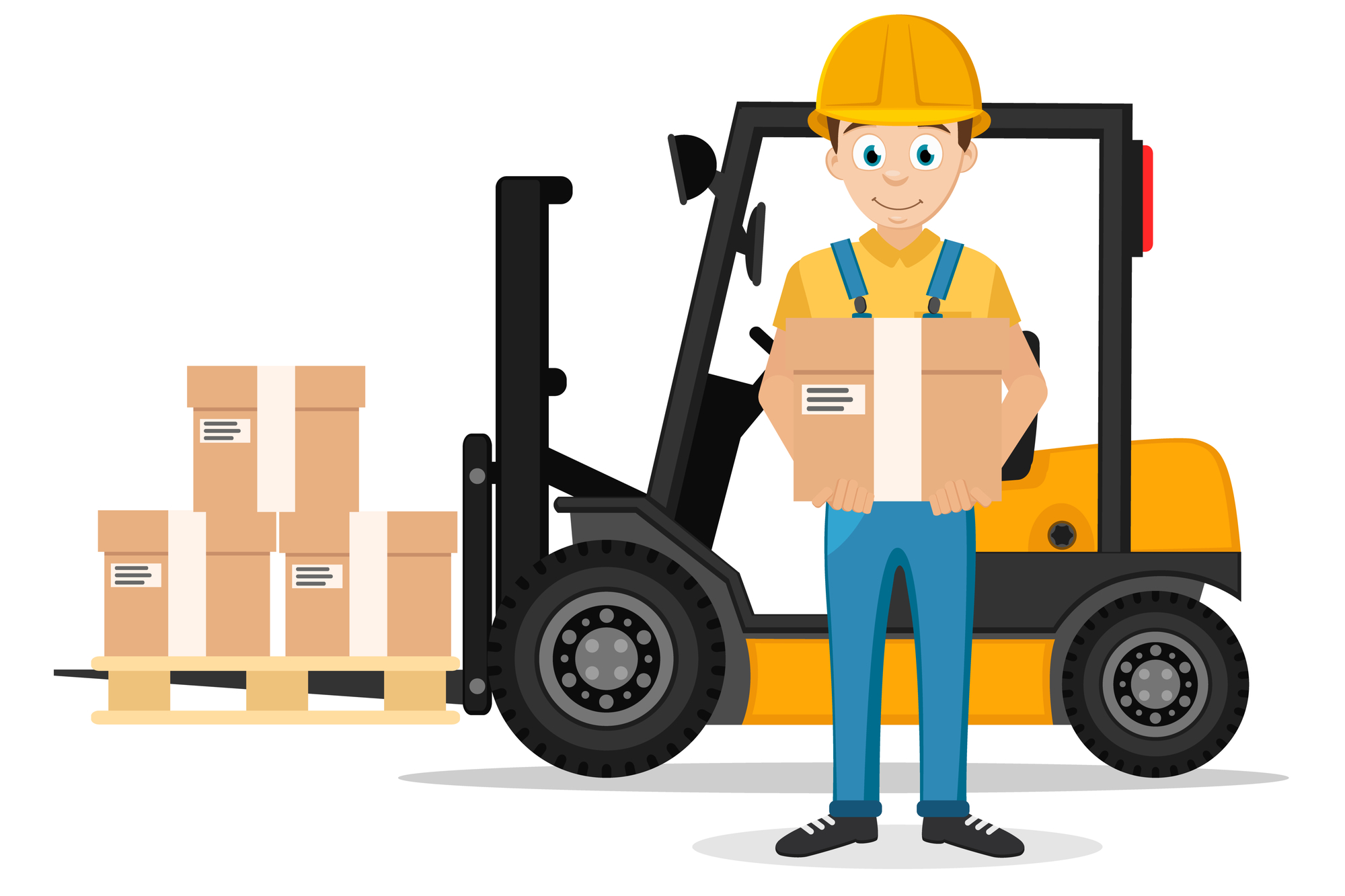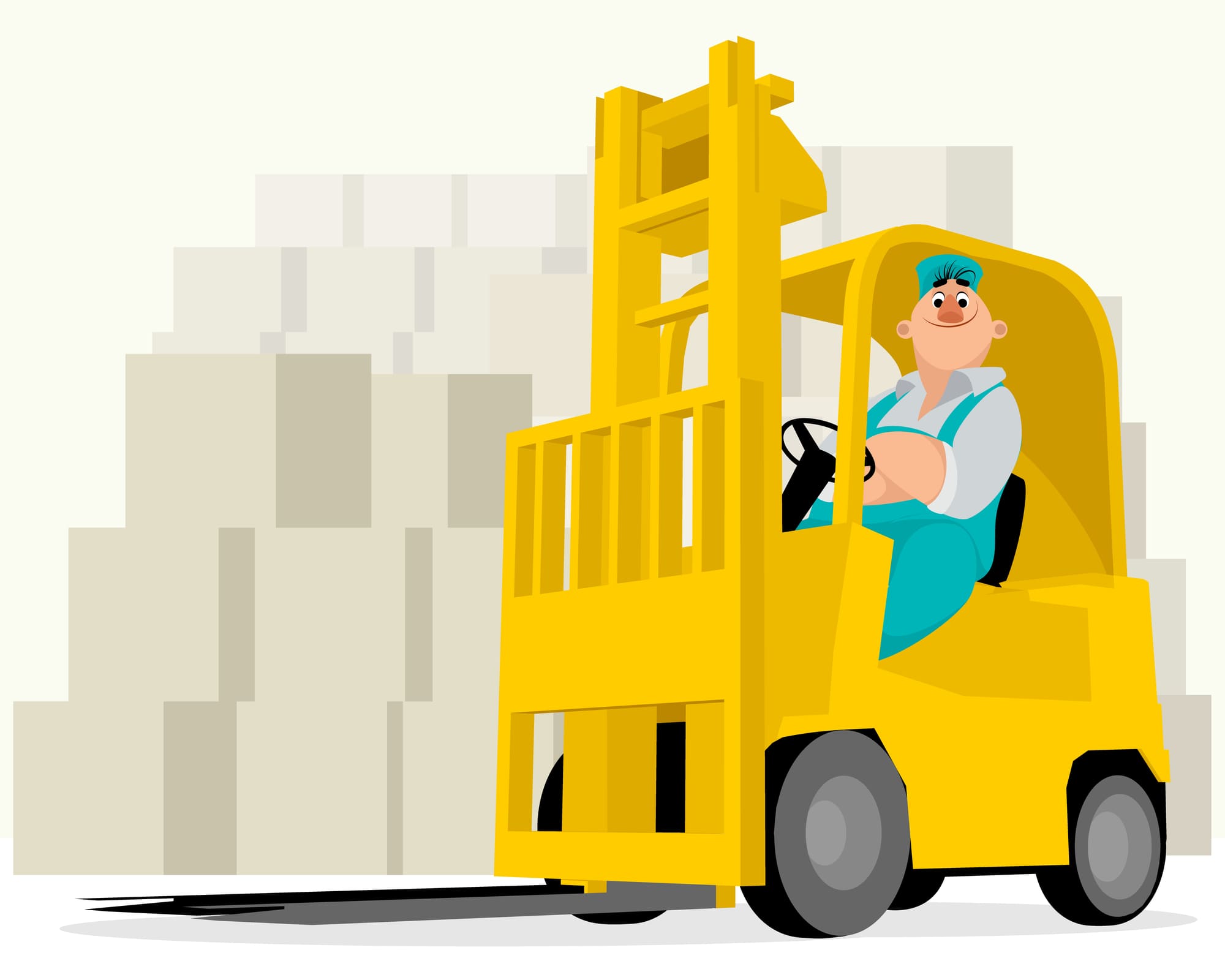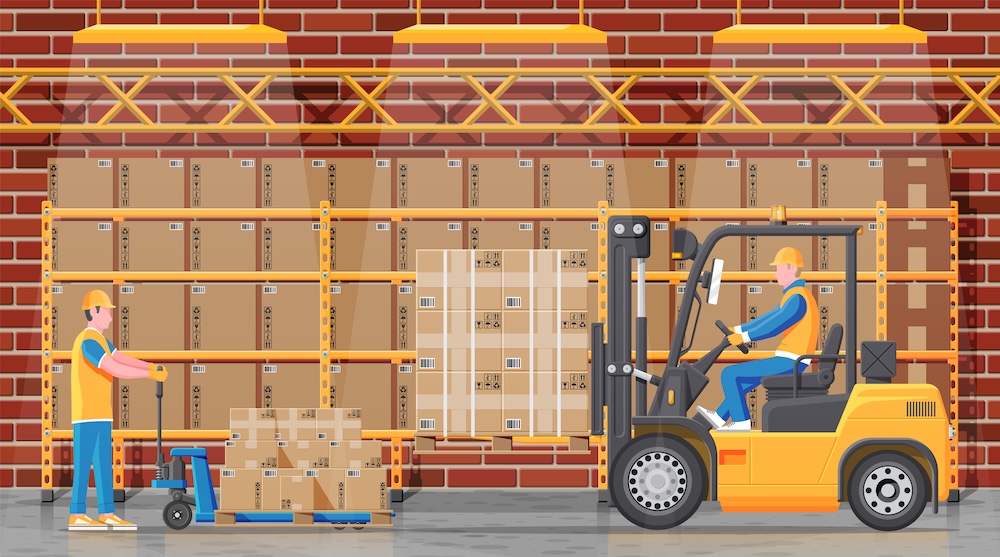Common Mistakes to Avoid When Buying a New Forklift
04/03/2025
CITrucks
Purchasing a new forklift is a significant investment, yet many companies overlook essential factors that can impact the long-term value and functionality of their choice.
From failing to assess specific operational needs to underestimating ongoing costs, these common missteps can lead to wasted resources and hinder productivity. Safety features, dealer reputation, and understanding the total cost of ownership play key roles in making a well-informed decision.
By recognizing and avoiding these frequent mistakes, companies can choose a forklift that not only meets their immediate requirements but also supports a safer, more efficient workspace, ultimately providing a better return on their investment.
Not Addressing Your Needs
One of the first missteps companies make when purchasing a new forklift is failing to clearly define their operational needs. Too often, businesses buy a forklift based on general specifications or price without fully considering the specifics of their workplace environment. This approach can lead to issues, especially if the forklift’s load capacity doesn’t match the typical weight it will be handling, or if the forklift isn’t suited to the type of terrain that it will navigate daily.
Evaluating factors such as warehouse size, ceiling height, and aisle width can help companies select a forklift that aligns with their space limitations. A forklift that’s too large for narrow aisles or limited overhead space can create bottlenecks in workflow and even pose safety risks.
Another critical factor to consider is whether an electric or gas-powered forklift better suits the operation. Electric forklifts require access to charging stations, which means planning for both charging times and any specific electrical requirements. Gas or propane powered forklifts, on the other hand, need a reliable fuel source on-site, so companies should ensure they have the equipment and materials to power them efficiently. Addressing these needs up front allows businesses to make a well-informed choice, leading to smoother, more productive operations in the long run.
Overlooking Total Cost of New Forklift Ownership
Another common mistake companies make when purchasing a forklift is overlooking the total cost of ownership. Many focus on the initial purchase price alone, neglecting to account for long-term expenses like maintenance, fuel, parts, and operator training. While a lower-priced forklift might seem like a smart choice upfront, it could lead to higher costs down the line if it requires frequent repairs or has higher fuel consumption.
Maintenance is a significant factor in a forklift’s overall cost. Parts and labor for repairs can add up quickly, particularly if the forklift isn’t suited for the workload that it faces daily. Additionally, ongoing expenses, such as fuel or electricity for charging, also affect the total cost. Companies should weigh these factors carefully when choosing between forklifts to avoid unexpected budget strains.
For businesses hesitant about long-term financial commitments, the issue of renting vs. buying a forklift should be considered. Renting provides the flexibility to adjust equipment based on shifting needs and eliminates the responsibility of long-term maintenance. However, rental costs can accumulate over time, so companies should evaluate their usage needs carefully. By considering these financial aspects upfront, businesses can make informed decisions that balance immediate costs with long-term expenses, avoiding costly surprises down the road.
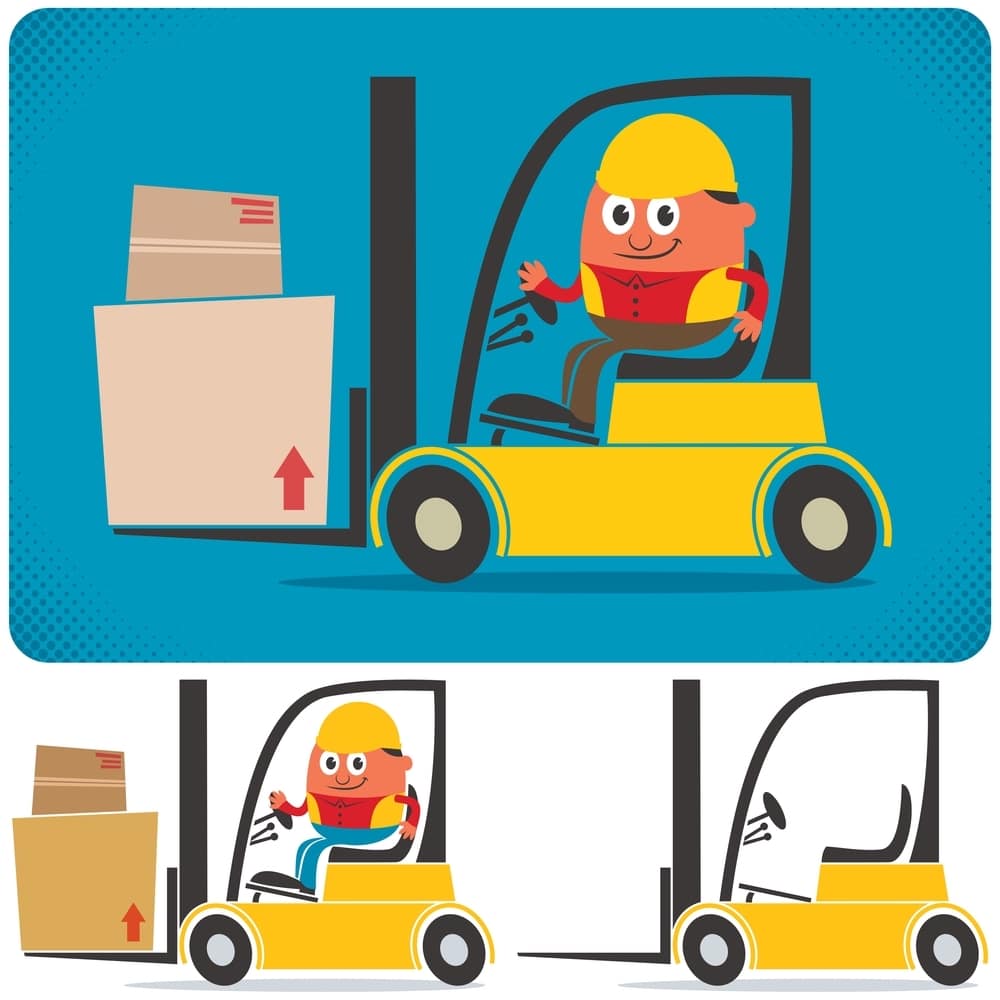
Neglecting Safety Features
A third mistake companies often make when buying a forklift is neglecting to prioritize safety features. Forklifts come with various safety mechanisms that help prevent accidents, yet these features are sometimes overlooked in the rush to purchase equipment. Features such as anti-tip systems and load indicators are essential to maintaining stability and preventing accidents, especially when handling heavy or unbalanced loads. Without these safeguards, forklift operators and other employees are at greater risk, and the potential for costly downtime due to accidents increases.
Operator visibility is another key consideration. Many forklifts now include visibility enhancements that allow forklift operators to see better in crowded or narrow spaces. Poor visibility can lead to collisions or handling errors, so choosing a forklift with optimized sight lines helps keep the workspace safer.
Ergonomic design is equally important. Forklifts that reduce operator fatigue through features such as adjustable seats, intuitive controls, and vibration-dampening technology can improve productivity and reduce the risk of repetitive strain injuries. Fatigued forklift operators are more likely to make mistakes, so choosing a forklift with comfort features can benefit both the operator and the company.
By prioritizing these safety and ergonomic features, companies can foster a safer environment while also promoting productivity, reducing accidents, and supporting operator well-being over the long term.
Buying From the Right Forklift Company
Finally, one of the most unfortunate mistakes businesses can make when purchasing a forklift is buying from a less-than-reputable dealer. Choosing an unreliable dealer can lead to problems such as receiving a poorly maintained forklift or lacking essential after-sale support. This is especially risky when warranty details are overlooked, forcing companies to pay out-of-pocket for repairs soon after their purchase.
When buying new forklifts, it's important to select a dealer known for reliability, customer service, and a comprehensive warranty package. Reputable dealers stand by their products and provide prompt, professional support to address any issues that arise. This level of service helps maintain the forklift’s performance and extends its lifespan, which ultimately protects the investment.
Top brands like Hyundai and Komatsu are well-regarded in the forklift industry for quality and durability, making them strong choices when considering a new forklift. Working with an authorized dealer such as Carolina Industrial Trucks for these brands often means access to genuine parts, trained technicians, and reliable warranties that cover a range of potential issues.
New Hyundai and Komatsu Forklifts at CITrucks
Avoiding these common mistakes can save time, money, and stress when buying a new forklift. By carefully evaluating your operational needs, understanding long-term costs, prioritizing safety, and choosing a reliable dealer, your business can make a solid, lasting investment.
Remember, a quality forklift doesn’t just improve productivity, it also supports a safer work environment and enhances overall efficiency. If you’re in the Carolinas and need a dependable forklift, reach out to CITrucks today. Our team is ready to help you find the right equipment for your needs with trusted brands like Hyundai and Komatsu.
